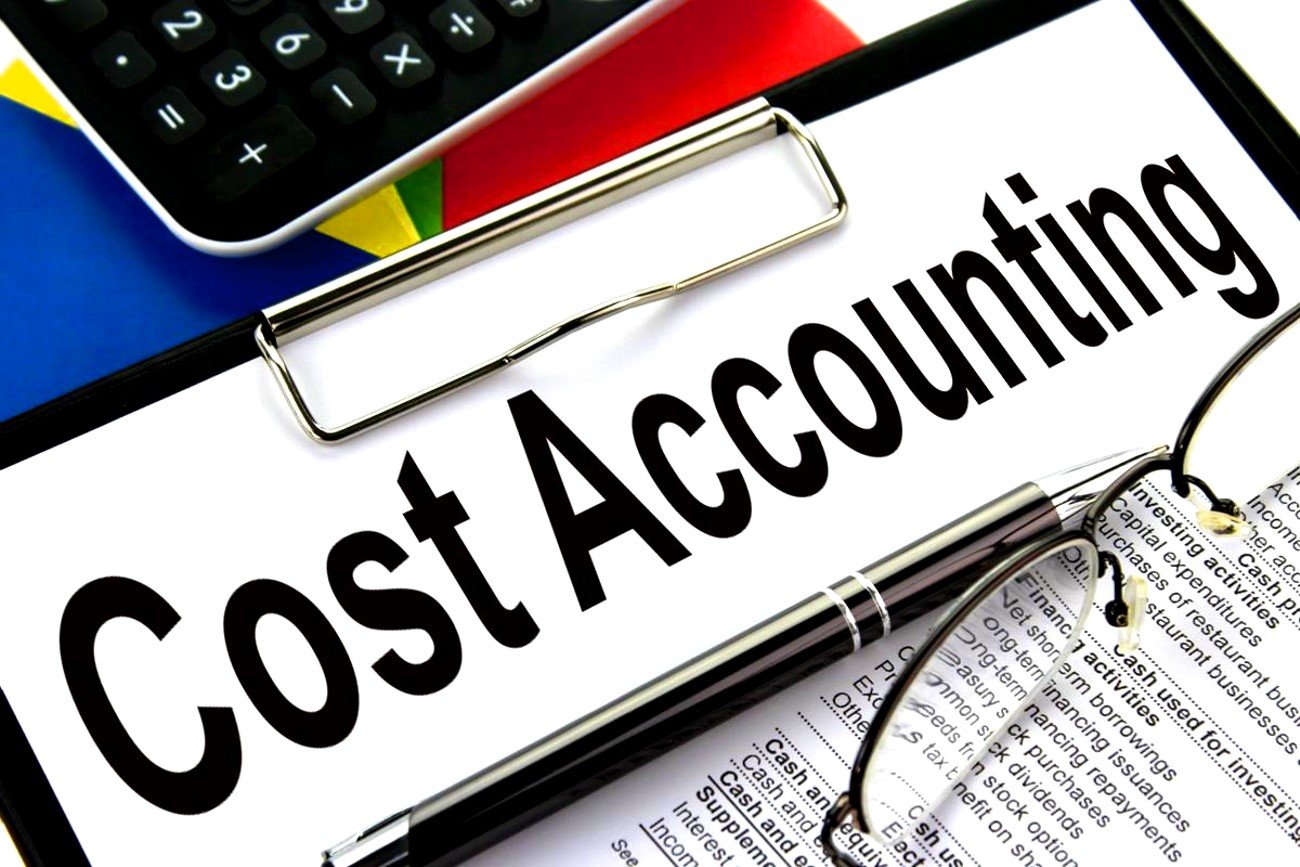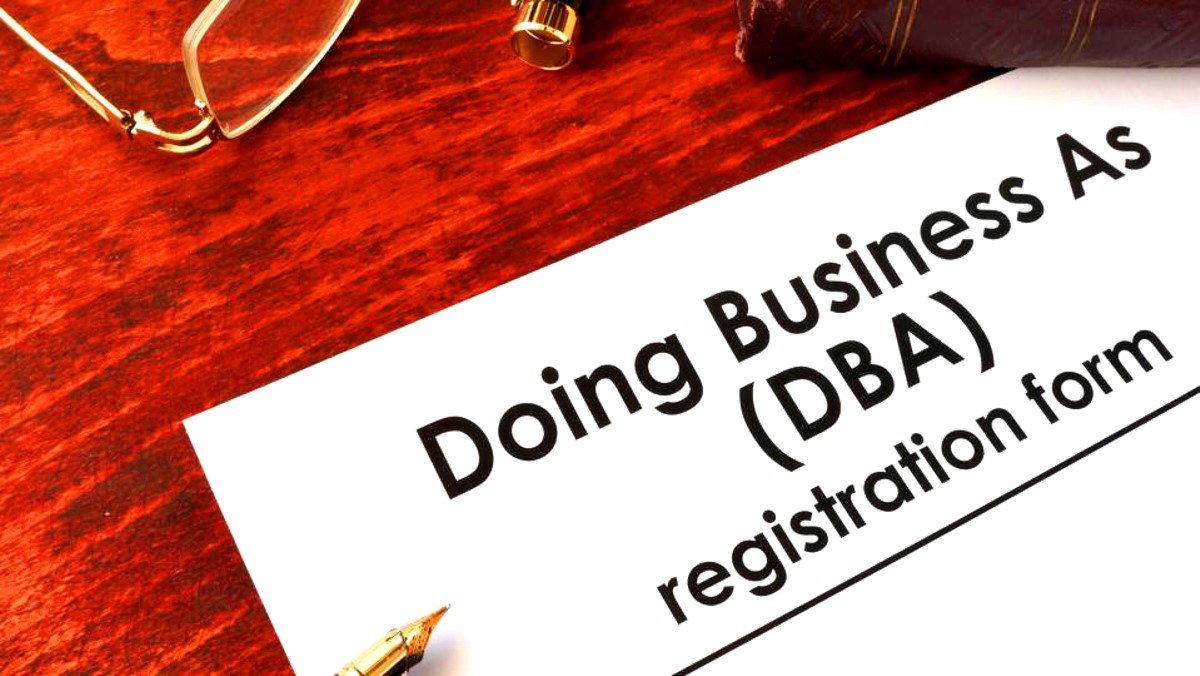The Definition of Cost Accounting: Overview, Objectives, Types, and Methods

Cost accounting is a crucial aspect of financial management that goes beyond traditional accounting practices. It involves tracking and analyzing costs related to the production and distribution of goods and services. This article provides an in-depth exploration of cost accounting, covering its definition, objectives, types, and methods.
Cost accounting, in essence, is a financial process that helps businesses understand the costs associated with their operations. It delves into the detailed breakdown of expenditures, offering insights into where resources are allocated and how efficiently they are utilized.
Definition of Cost Accounting
At its core, cost accounting involves the identification, classification, and interpretation of costs to facilitate informed business decisions. It goes beyond the mere recording of financial transactions, providing a comprehensive view of the cost structure within an organization.
Importance in Business
Understanding the intricacies of cost-accounting is vital for businesses aiming to enhance profitability and streamline operations. It serves as a tool for effective financial management and strategic planning.
Objectives of Cost Accounting
Cost Control
One primary objective is cost control, enabling businesses to manage and regulate expenses effectively. Through regular monitoring and analysis, organizations can identify areas where costs can be curtailed without compromising quality.
Cost Reduction
Cost reduction is another key goal, seeking ways to minimize expenses without compromising the overall efficiency and effectiveness of operations. This objective aligns with the broader goal of maximizing profitability.
Profit Maximization
Ultimately, cost-accounting aims at profit maximization by providing insights into pricing strategies, resource allocation, and overall financial health. It enables businesses to make informed decisions that contribute to sustained growth.
Types of Cost Accounting
Job Order Costing
This method involves allocating costs to specific jobs or projects and providing a detailed breakdown of expenses related to each undertaking. It is particularly useful in industries where customized products or services are common.
Process Costing
Process costing, on the other hand, is suitable for industries with continuous and standardized production processes. It allocates costs to each stage of the production process, offering insights into the overall cost structure.
Activity-Based Costing (ABC)
ABC is a more modern approach that assigns costs based on the activities that drive them. It provides a more accurate representation of how resources are utilized within an organization.
Methods of Cost-Accounting
Standard Costing
Standard costing involves setting predetermined standards for costs and comparing them with actual expenses. This method helps identify variations and inefficiencies, facilitating better cost control.
Marginal Costing
Marginal costing focuses on the marginal or additional cost of producing one more unit. It is particularly useful in decision-making scenarios where businesses need to evaluate the profitability of producing additional units.
Historical Costing
Historical costing involves recording costs based on their actual historical values. While it provides a straightforward approach, it may not reflect the current market conditions.
Differences between Financial Accounting and Cost- Accounting
Focus and Purpose
Financial accounting primarily focuses on the overall financial health of an organization, while cost accounting is specifically concerned with the costs associated with production and operations.
Users
Financial accounting caters to external stakeholders such as investors and regulators, while cost accounting is more internal-facing, supporting management decision-making.
Reporting Period
While cost-accounting can offer management real-time insights as needed, financial accounting typically adheres to a set reporting period, frequently quarterly or annually.
Key Components in Cost Accounting
Direct Costs
Direct costs are expenses directly tied to the production of goods or services, such as raw materials and labor. Understanding these costs is crucial for accurate pricing.
Indirect Costs
Indirect costs, also known as overheads, are expenses not directly tied to specific products but that contribute to overall operations. These include rent, utilities, and administrative salaries.
Fixed Costs
Fixed costs remain constant regardless of the production volume. These can include rent for facilities and the salaries of permanent staff.
Variable Costs
Variable costs fluctuate based on production volume. Examples include raw materials and temporary labor.
The importance of Cost Accounting in decision-making
Pricing Strategies
Cost accounting plays a pivotal role in determining appropriate pricing strategies. By understanding the cost structure, businesses can set competitive yet profitable prices.
Budgeting
Accurate cost accounting is essential for effective budgeting. It helps businesses allocate resources efficiently and plan for future expenses.
Performance Evaluation
Cost accounting provides a basis for evaluating the performance of various departments or projects within an organization. It aids in identifying areas for improvement and recognizing successful endeavors.
Read More: Debt-Free Counseling: A Path to Financial Liberation
Challenges in Implementing Cost Accounting
Data Accuracy
One common challenge is ensuring the accuracy of data input. Inaccurate information can lead to misguided decisions and financial mismanagement.
Integration with Operations
Successfully integrating cost accounting into day-to-day operations requires commitment and cooperation across all levels of an organization.
Technological Challenges
Adopting and implementing cost accounting software may pose technological challenges, requiring staff training and adjustments to existing processes.
Real-world Applications of Cost Accounting
Manufacturing Industry
In manufacturing, cost accounting helps determine the cost of production for each unit, facilitating better pricing strategies and resource allocation.
Service Industry
Service-oriented businesses benefit from cost accounting by understanding the expenses associated with service delivery, which aids in pricing and budgeting decisions.
Retail Sector
Retailers utilize cost accounting to assess the profitability of various product lines, optimize inventory management, and make informed decisions about discounts and promotions.
Evolution of Cost Accounting
Historical Perspective
Cost accounting has evolved significantly over the years, from simple record-keeping to a sophisticated system that aids in strategic decision-making.
Modern Adaptations
Technological advancements have led to modern adaptations, incorporating software solutions for real-time data analysis and decision support.
Future Trends in Cost Accounting
Technology Integration
The future of cost accounting lies in seamless technology integration, utilizing artificial intelligence and data analytics for more accurate predictions and analyses.
Sustainability Metrics
As businesses focus on sustainability, cost accounting will likely incorporate metrics related to environmental impact and resource sustainability.
Case Studies
Successful Implementation Stories
Several businesses have successfully implemented cost accounting, resulting in improved profitability and operational efficiency.
Lessons Learned from Failures
Learning from failures is crucial in the world of cost accounting. Examining unsuccessful implementations provides insights into potential pitfalls and challenges.
Tips for Effective Cost Accounting
Effective cost accounting is not just about recording numbers; it’s about utilizing data to make informed decisions that drive business success. Here are essential tips to enhance the efficiency and accuracy of your cost accounting practices:
1. Regular Audits
Performing regular audits of your cost-accounting processes is crucial. This ensures that the recorded data aligns with the actual financial transactions and operational activities. By conducting audits, you can identify discrepancies, correct errors, and enhance the overall accuracy of your cost accounting system.
2. Continuous Training
Given the dynamic nature of business and the evolving landscape of accounting practices, continuous training is paramount. Keep your staff updated on the latest cost accounting methodologies, software applications, and industry best practices. This not only enhances their skills but also ensures that your cost accounting team is well-equipped to adapt to changes efficiently.
3. Software Utilization
Leveraging cost accounting software can significantly streamline your processes. Advanced software solutions offer real-time data analysis, accurate reporting, and decision-support tools. These tools not only save time but also improve the accuracy of your cost calculations. Invest in user-friendly software that aligns with your business needs and allows for seamless integration with other financial systems.
4. Align with Strategic Goals
Ensure that your cost-accounting practices align with your overall strategic goals. The insights derived from cost accounting should contribute to the achievement of broader business objectives, whether it’s cost reduction, profit maximization, or strategic investments. Regularly assess how your cost accounting practices support the organization’s strategic direction.
5. Cost Transparency
Foster a culture of cost transparency within your organization. Make relevant cost information accessible to key stakeholders, including department heads and decision-makers. Transparency encourages accountability and empowers individuals to make cost-conscious decisions within their respective areas, contributing to overall cost control.
6. Benchmarking
Regularly benchmark your cost performance against industry standards and competitors. This provides valuable context for evaluating your cost efficiency and identifying areas for improvement. Benchmarking allows you to set realistic cost reduction targets, stay competitive, and adopt best practices prevalent in your industry.
7. Scenario Analysis
Incorporate scenario analysis into your cost-accounting practices. Anticipate changes in the business environment and assess their potential impact on costs. By running different scenarios, you can proactively plan for various situations, enabling the organization to make agile and well-informed decisions in response to market dynamics.
8. Collaboration Across Departments
Encourage collaboration between the finance department and other operational departments. This ensures that cost-accountants have a comprehensive understanding of the various cost drivers across the organization. Collaborative efforts lead to more accurate cost allocations and a holistic view of the cost structure.
9. Customer Profitability Analysis
Implement customer profitability analysis to understand the profitability of different customer segments. Not all customers contribute equally to your bottom line, and this analysis helps identify high-value customers, allowing you to tailor your marketing and sales strategies accordingly.
10. Lifecycle Costing
Consider the lifecycle costs of products or services. Instead of focusing solely on production costs, take into account costs throughout the entire lifecycle, including maintenance, support, and disposal. This holistic approach provides a more accurate representation of the true cost of delivering a product or service.
Effective cost accounting is a dynamic process that requires ongoing attention, adaptation, and a commitment to accuracy. By implementing these tips, your organization can not only maintain a robust cost accounting system but also use it as a strategic tool for informed decision-making and sustainable financial success.
Common Misconceptions about Cost-Accounting
Only for Large Businesses
Contrary to popular belief, cost accounting is beneficial for businesses of all sizes, aiding in better financial management.
Complex and Time-Consuming
While it may seem complex, cost accounting, when implemented effectively, becomes a valuable tool without being excessively time-consuming.
Conclusion
In conclusion, cost accounting is a dynamic and indispensable aspect of financial management. By delving into the details of costs, businesses can make informed decisions, enhance profitability, and adapt to the ever-changing business landscape. Understanding the objectives, types, and methods of cost accounting is crucial for any organization aiming for financial success.
FAQs
- Is cost-accounting only relevant to large businesses?
- No, cost-accounting is beneficial for businesses of all sizes, aiding in better financial management.
- How can cost-accounting benefit the service industry?
- In the service industry, cost-accounting helps understand the expenses associated with service delivery, aiding in pricing and budgeting decisions.
- What are the challenges in implementing cost-accounting?
- Challenges include ensuring data accuracy, integrating with operations, and overcoming technological hurdles.
- Are there future trends in cost-accounting?
- Yes, future trends include greater technology integration and the incorporation of sustainability metrics.
- Is cost-accounting time-consuming?
- When implemented effectively, cost-accounting becomes a valuable tool without being excessively time-consuming.







